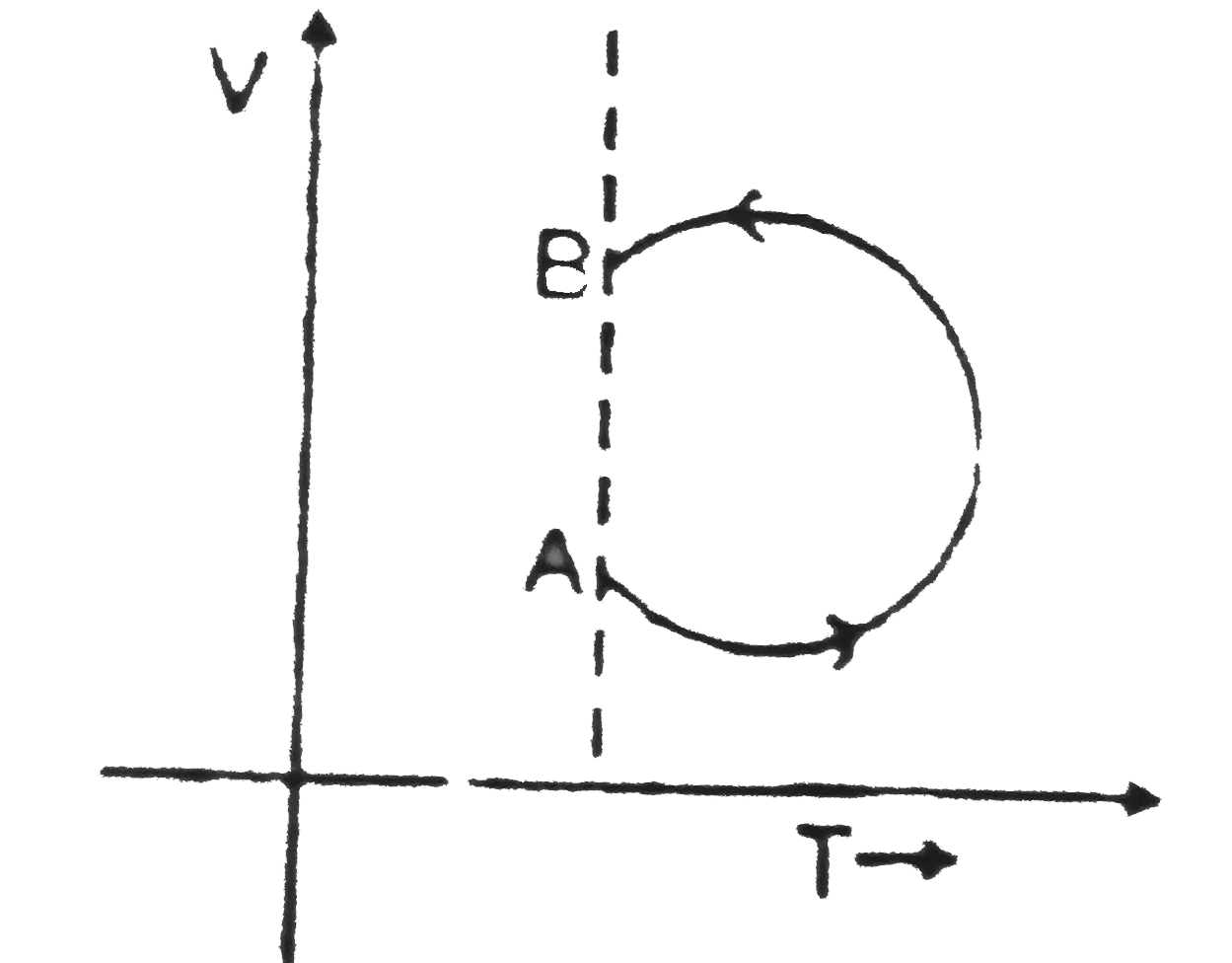The immature male germ cells undergo division to produce sperms by the process of spermatogenesis. Choose the correct one with reference to above.
Spermatogonia have 46 chromosomes and always undergo meiotic cell division
Primary spermatocytes divide by mitotic cell division
Secondary spermatocytes have 23 chromosomes and undergo second meiotic division
Spermatozoa are transformed into spermatids
The correct Answer is:B
In testis, the immature male germ cells (spermatogonia) produce sperms by spermatogenesis. The spermatogonia present on the inside wall of seminiferous tubules multiply by mitotic division and increase in numbers.
Each spermatogonia is diploid and contanis 46 chromosomes. 2n Some of the spermatogonia called primary spermatocytes periodically undergo meiosis. A primary spermatocyte completes the first meiotic division (reduction division) leading to formation of two equal, hapliod cells called secondary spermatocytes, which have only 23 chromosomes each (n).
The secondary spermatocytes undergo the second phage of meiotic dividsion to produce four equal, haploid spermatids. The spermatids are transformed into spermatozoa (sperms) by the process called speromiongenensis.
Related Playlists
Similar Practice Problems
- Question 1 - Select One
The immature male germ cells undergo division to produce sperms by the process of spermatogenesis. Choose the correct one with reference to above.
ASpermatogonia have 46 chromosomes and always undergo meiotic cell divisionBPrimary spermatocytes divide by mitotic cell divisionCSecondary spermatocytes have 23 chromosomes and undergo second meiotic divisionDSpermatozoa are transformed into spermatids - Question 1 - Select One
How many pollen mother cells should undergo meiotic division to produce 64 pollen grains?
A64B32C16D8 - Question 1 - Select One or More
An ideal gas undergoes isothermal process from some initial state i to final state f. Choose the correct alternatives.
AdU=0Bdθ=0Cdθ=dUDdw=dw - Question 1 - Select One

With reference of the above graph, choose the correct alternativesAPB>PABPA>PBCPressure first increases then decreasesDPressure first decreases then increases - Question 1 - Select One or More
An ideal gas undergoes isothermal process from some initial state i to final state f. Choose the correct alternatives.
AdU=0BdQ=0CdQ−dUDdQ=dW - Question 1 - Select One
Secondary spermatocytes undergo second meiotic division during spermatogenesis to produce
ASpermatozoaBDiploid spermatidsCPrimary spermatocytesDHaploid spermatids - Question 1 - Select One
Go through the following statements:-
(i). Primary spermatocytes undergo mitotic divisions to produce secondary spermatocytes
(ii). Sperms released from the seminiferous tubules are fuly mature and motile
(iii) The head of sperm possesses may mitochondria which produce energy for the movement of tail
(iv) The human male ejaculates about 20-30 million sperms during a cuitus
which of these are correct?A(i), (ii) & (iii)B(ii), (iii) & (iv)C(i), (iii) & (iv)DAll are wrong - Question 1 - Select One
Secondary spermatocytes undergo second meiotic division during spermatogenesis to produce.
ASpermatozoaBDiploid spermatids.CPrimary spermatocytes → Secondary spermatocytes → spermatids → Spermatogonia → SpermsDSpermatogonia
Similar Questions
Germinal epithelium located in walls of______ undergoes constant divisions to produce spermtagonia.Choose the option that fills the blank correctly.
View Solution(a) Name the hormone that initiates spermatogenesis in humans. Describe the process of spermatogenesis in spermatogenesis in sequence mentioning the ploidy of the cells at each step.
(b) Draw the diagram of a mature human sperm and label the parts that : (i) helps it reaching to the ovum . (ii) providing energy for it to reach the ovum. (iii) helping it to gain entry into the ovum.View Solution

